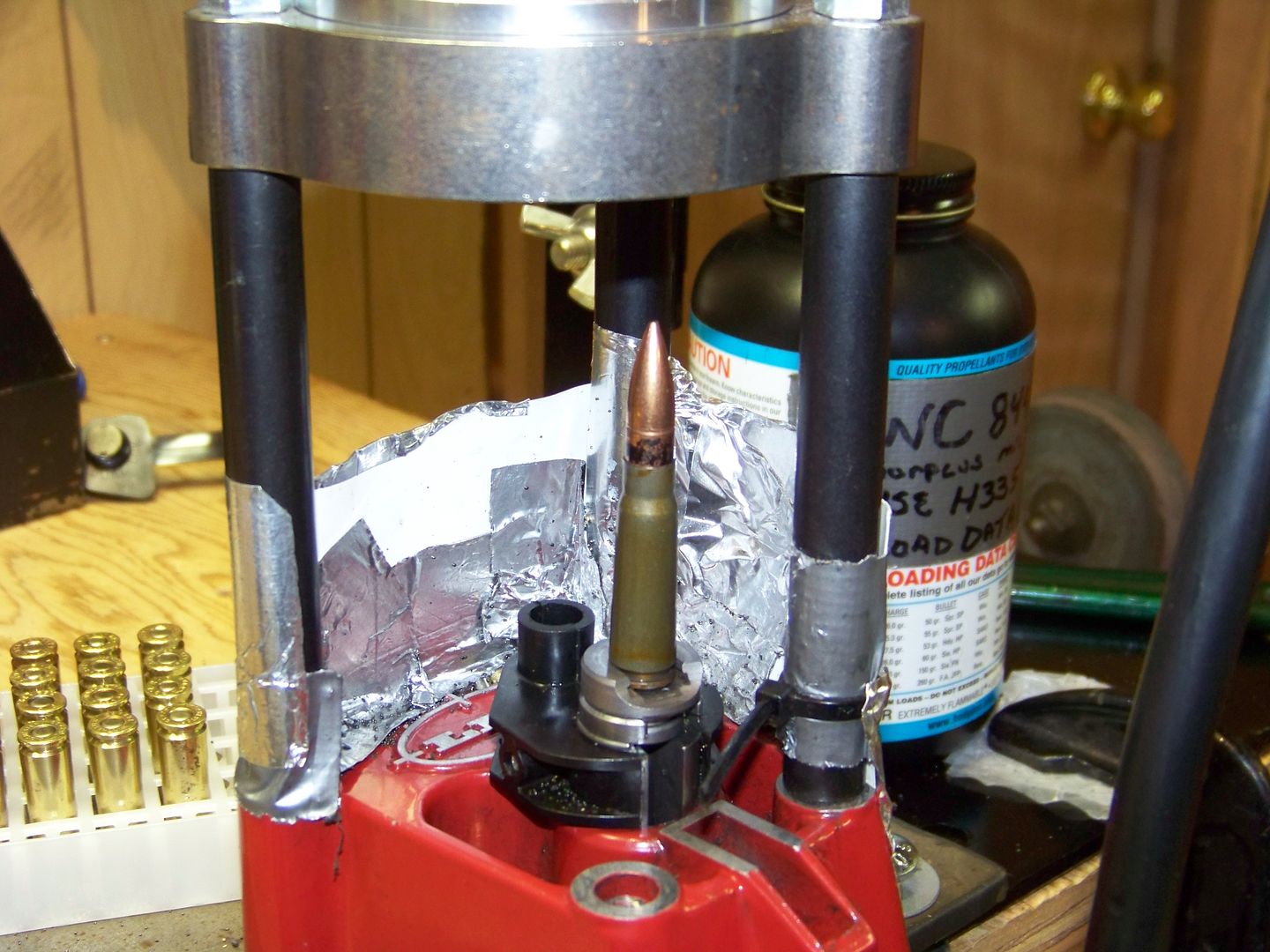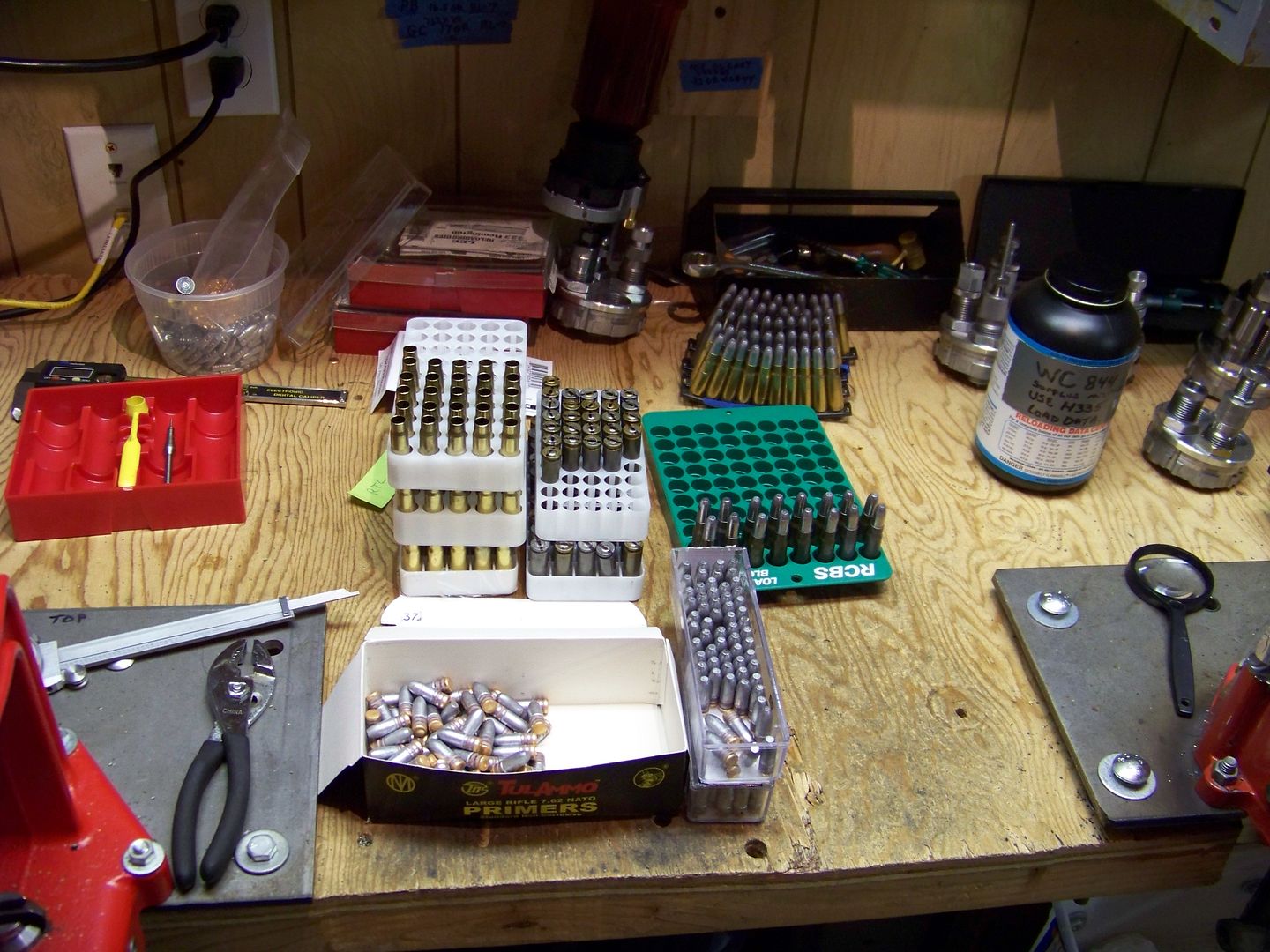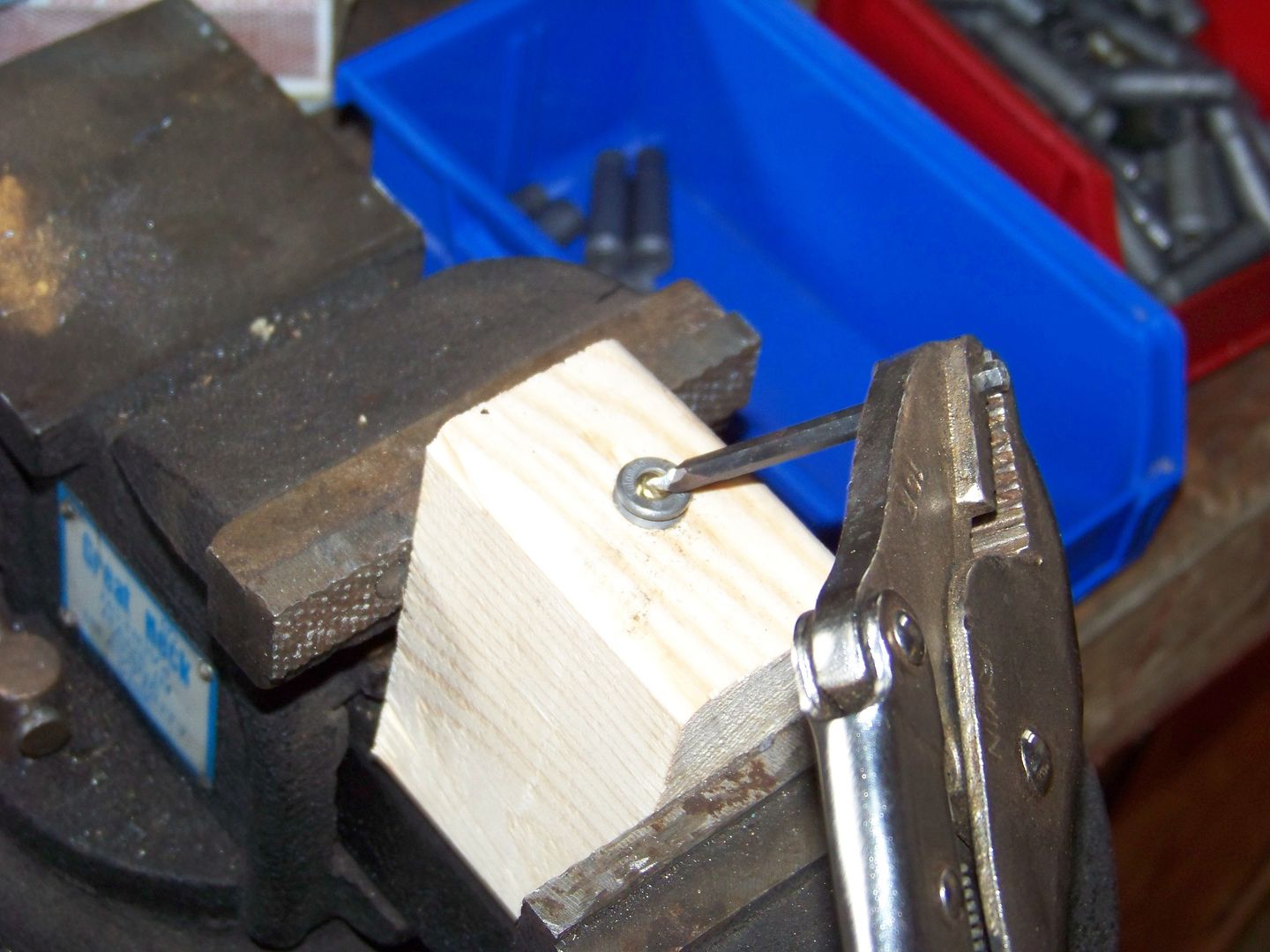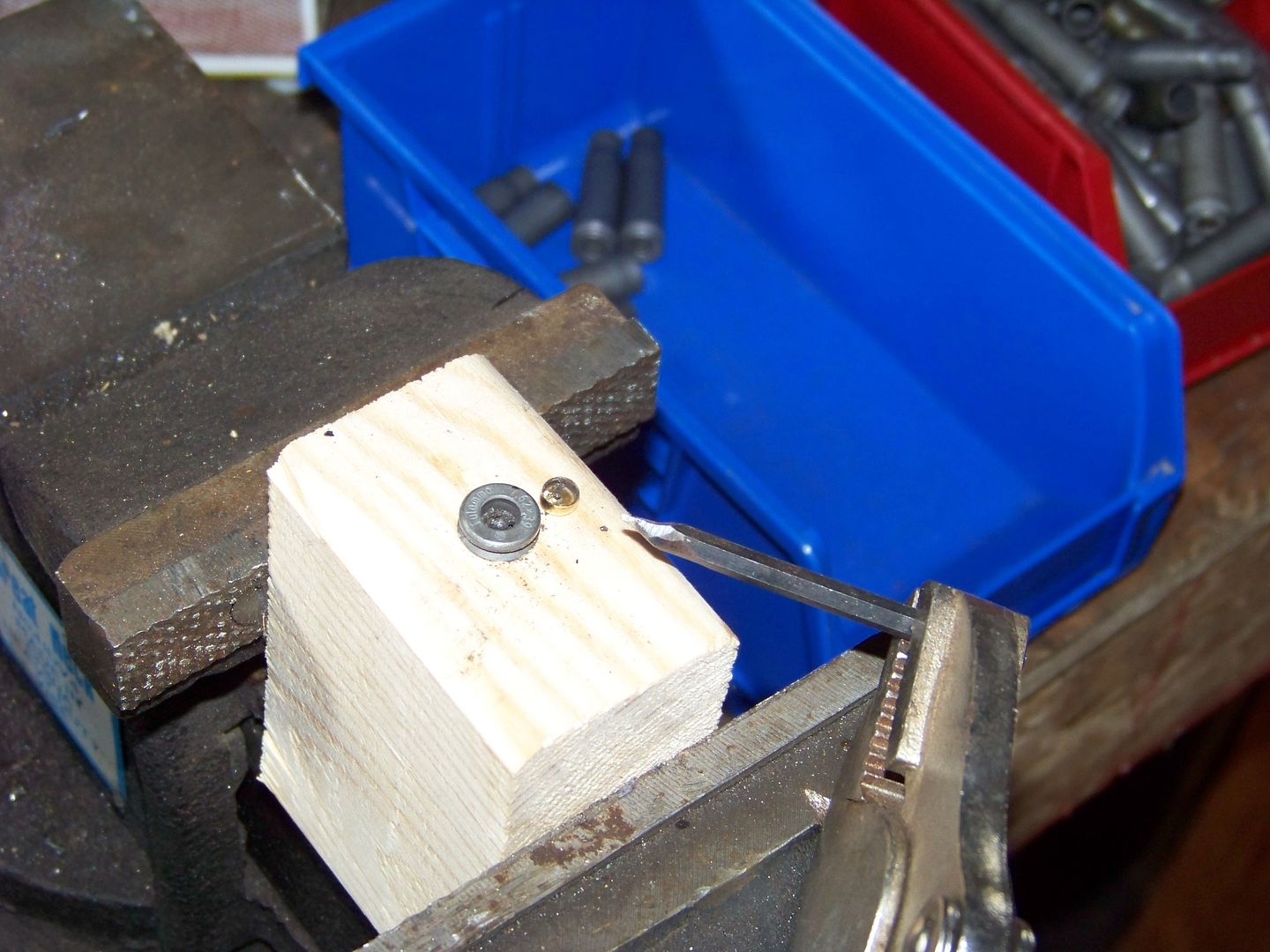I find nothing entertaining about shooting steel cases, I want my cases to have imbed ability; reloaders claim there is nothing they can do to cut down on case travel, if that is true I want nothing between the case and chamber but air. And that brings me back to case imbed ability, if there is something between the case and chamber that is not air I want it to embed into the case.
I have steel cases, I have 45 ACP ammo that has brass cases and jacketed bullets, problem I can pick up the ammo with a magnet. I assume the bullets are not lead jacketed, I do not have enough curiosity to peal the jacket. When it comes to full boxes of ammo liker matching sets.
I can pick up the ammo with a magnet. I assume the bullets are not lead jacketed, I do not have enough curiosity to peal the jacket. When it comes to full boxes of ammo liker matching sets.
F. Guffey
I have steel cases, I have 45 ACP ammo that has brass cases and jacketed bullets, problem
F. Guffey




